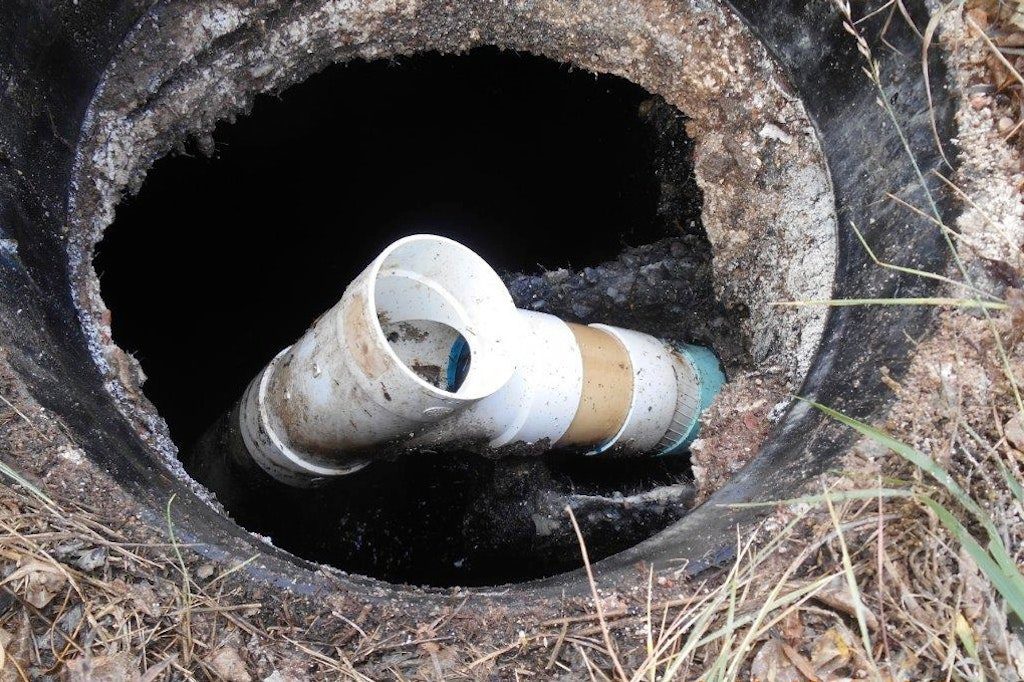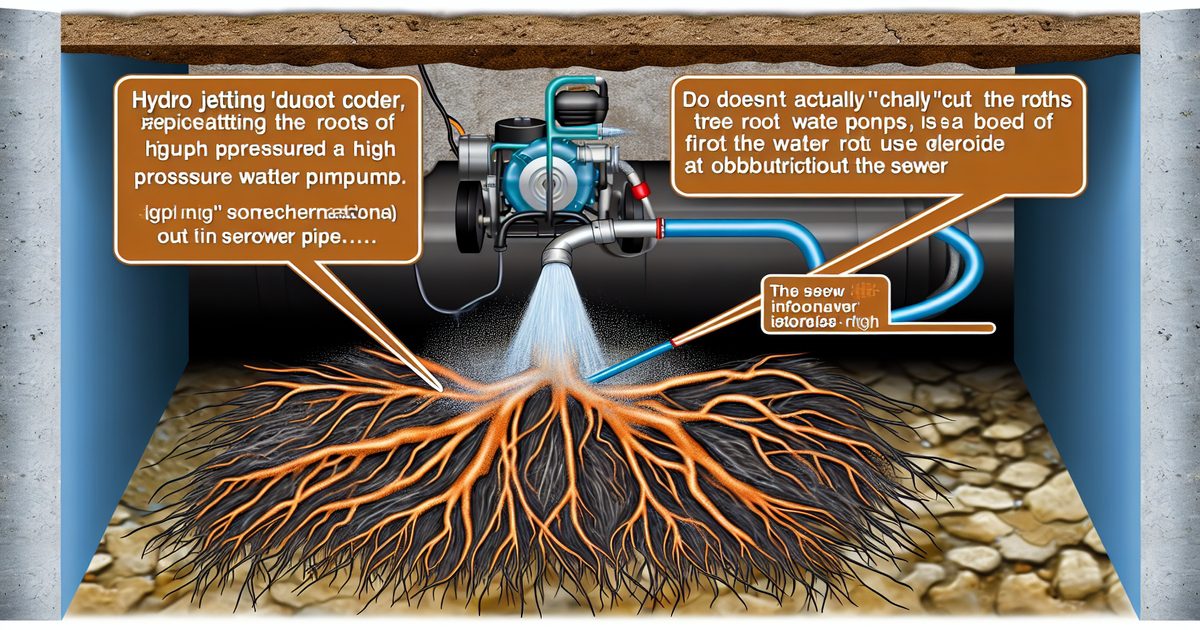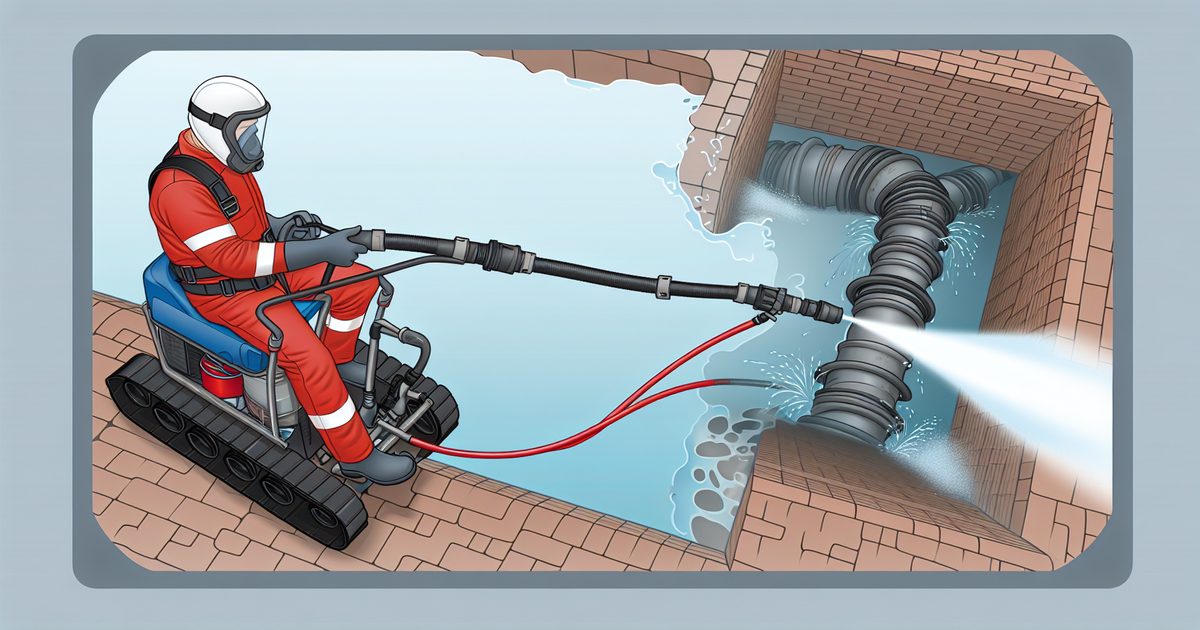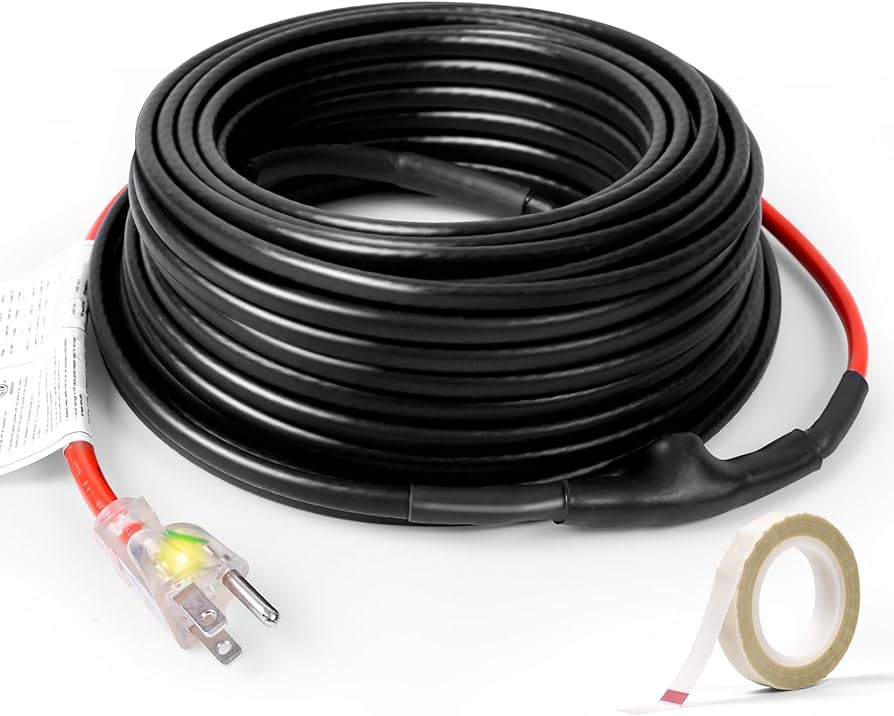To find a septic lid, begin by looking for a rectangular-shaped area in the yard, close to where the septic system is located. This area might be covered with grass or shrubs, but should have a slightly different texture or color that distinguishes it from the surrounding soil.
Use a metal probe or long stick to probe the ground in this area, feeling for a solid object that indicates the presence of the septic lid. Septic tanks play a crucial role in managing waste in homes that are not connected to a public sewage system.
Located underground, these systems are comprised of various components, including the septic lid. Although often hidden from plain sight, it is important to know the location of this lid for maintenance and inspection purposes. However, finding the septic lid can be challenging, especially when there are no visible markers. We will provide some tips on how to locate the septic lid efficiently, enabling homeowners to carry out necessary maintenance tasks with ease.
Understanding The Role Of Septic Lids
Septic lids play a crucial role in the functioning of a septic system as they cover and seal the access points to the tank. These lids are typically made of durable materials like concrete or plastic to withstand the weight of soil and prevent any entry of debris or dirt into the tank. It is important to know the location of septic lids as it allows easy access for inspection, maintenance, and pumping of the septic tank.
Understanding the importance and function of septic lids is essential for homeowners to ensure the proper functioning of their septic system. These lids not only provide access to the septic tank, but they also help in preventing any unwanted mishaps such as accidental falls or injuries.
Additionally, knowing the location of septic lids is crucial for septic service providers as it helps them efficiently locate and access the tank, saving time and effort during maintenance and pumping tasks. Regular inspection and maintenance of septic lids can help detect any signs of damage or decay, allowing for timely repairs or replacements.
Visual Clues For Locating Your Septic Lid
When trying to find your septic lid, it can be helpful to look for visual clues above the ground that indicate the presence of your septic system. Keep an eye out for any unusual patches of grass or vegetation growth in the area where your septic system is located. These variations in plant growth could be a sign that your septic lid is directly beneath.
Additionally, pay attention to any distinction between the septic lid and other household fixtures. The septic lid may have a different shape or texture compared to other covers in your yard. It could be larger, more rectangular or circular, or may have a handle or indentation that sets it apart.
By being observant and looking for these visual clues, you can increase your chances of locating your septic lid and maintaining your septic system effectively.
Utilizing House Plans And Blueprints To Find Your Septic Lid
House plans and blueprints are valuable resources for locating your septic lid. These documents provide a detailed layout of your property, including the septic system. Start by identifying the location of the septic tank on the house plans. Look for symbols or labels that indicate the presence of the septic tank. These symbols are typically represented by a square or rectangular shape with diagonal lines inside. Once you have identified the septic tank’s location, you can estimate the approximate area where the septic lid might be situated. Remember to take accurate measurements to determine the exact position of the septic lid. Understanding the symbols and labels related to the septic system will help simplify the process of finding the septic lid. By utilizing house plans and blueprints, you can efficiently locate your septic lid and perform necessary maintenance tasks.
Surveying Your Yard: Locating The Septic Lid In Outdoor Spaces
Surveying your yard is an important step in locating the septic lid in outdoor spaces. Examining the terrain and topography of your yard can provide valuable hints about the possible location. Look for any depressions or mounds in the ground, as they might indicate the presence of a septic system. Using metal detectors or soil probing tools can also help you pinpoint the exact location of the lid. By carefully scanning the yard, you might be able to find any metallic objects that could be the lid. Alternatively, a soil probing tool can be used to gently poke the ground and detect solid areas or obstructions, which could indicate the presence of the lid. Another approach is to determine the distance from your house to estimate the lid’s location. Septic lids are typically positioned a certain distance away from the house, often in a straight line with the main plumbing drain. By measuring the distance and following the plumbing line, you can increase the chances of finding the septic lid in your yard.
Locating The Septic Lid Inside Your Home
Locating the septic lid inside your home can be a challenging task, but with a little knowledge, it can be done. One way to identify the location of the lid is through the plumbing layout. Take a look at your plumbing system and try to trace the pipes leading to the septic tank. Look for any pipes that seem to go into the ground or disappear under the floor. These could indicate the presence of the septic lid.
Another way to find the septic lid is by finding access panels or crawl spaces leading to the tank. Check your basement, under sinks, or in utility rooms for any hidden doors or panels that could provide access to the septic system. These panels are often located near the septic tank and can be a good indication of where the lid is situated.
Lastly, there are common areas inside the house where the septic lid is usually located. These include the laundry room, bathroom, or kitchen. The lid is often situated in these areas for easy access in case of any maintenance or repairs. Therefore, it’s a good idea to check these locations first when trying to find the septic lid.
Seeking Professional Assistance For Septic Lid Location
Seeking professional assistance for septic lid location can be a wise decision, especially when you are unsure about the exact location of the septic tank lid. Professionals have the expertise and knowledge to accurately locate the septic lid, saving you valuable time and effort.
Knowing when to call in septic experts for lid location services is crucial. If you have recently moved into a new property and have no information about the septic system, it is recommended to seek professional help. Additionally, if you have been experiencing issues such as backups, odors, or pooling water in your yard, it is best to consult with experts.
Professionals utilize technologies and techniques to locate septic tank lids efficiently. They may use ground penetrating radar to detect the tank’s position or employ electronic locators that can identify metal lids buried underground. These advanced tools ensure precise lid location and minimize any potential damage to the septic system.
In conclusion, professional assistance for septic lid location is invaluable when accuracy is crucial. Experts use state-of-the-art technologies and techniques to ensure the effective location of septic tank lids, giving you peace of mind and avoiding unnecessary disruptions.
Safety Measures To Follow Before Accessing The Septic Lid
It is important to prioritize safety when accessing the septic lid. Familiarizing yourself with the potential dangers associated with septic systems can help prevent serious accidents. Before attempting to open the lid, several precautions should be taken:
- Ensure that you have the necessary protective gear, including gloves and goggles, to shield yourself from harmful bacteria and gases.
- Locate and mark the position of the lid to avoid accidentally damaging the system.
- Turn off any electrical or gas-powered equipment near the septic tank to minimize the risk of ignition.
- Keep children and pets away from the area to prevent them from falling into the tank or being exposed to hazardous substances.
- Have a reliable partner or support system present to assist you in case of emergencies.
By following these safety measures, you can ensure a safer experience when accessing the septic lid. Remember, prioritizing safety is crucial to avoid any accidents and protect yourself from potential harm.
Troubleshooting Common Challenges In Locating The Septic Lid
One common challenge homeowners face is locating the septic lid. If you are unable to find the septic lid, there are a few troubleshooting steps you can follow to help in your search. First, it is important to assess any obstructions or landscaping barriers that may be covering the septic lid. This could include dense vegetation, trees, or rocks. Clearing away any obstacles in the area can make it easier to locate the lid.
Another option is to use a metal detector, which can help detect the presence of the septic lid underground. By slowly moving the metal detector across the suspected area, you can listen for any beeping or buzzing sounds, indicating the presence of metal. This can be a useful tool in narrowing down the location of the septic lid.
If these troubleshooting steps still do not yield results, it may be beneficial to consult a professional septic company. They have the expertise and equipment to locate septic lids efficiently and accurately. Remember, it’s important to exercise caution and avoid digging without knowing the exact location of the septic lid to prevent any damage to the system.
Maintaining Record Of Your Septic Lid’s Location
Keeping accurate records of your septic lid’s location is crucial for maintaining your septic system. Not only does it help you identify and access the lid quickly, but it also ensures the safety of your property and the longevity of your septic system. In the event of an emergency or if you need to perform routine maintenance, having this information readily available can save you time, money, and frustration.
Documenting any changes made to your septic system is equally important. Whether you’ve had a new lid installed or had repairs done, keeping a record of these modifications helps you track the history of your septic system and provides valuable information for any future maintenance or inspections. It is advisable to include the date of modification, the reason for the change, and any relevant details that may be useful in the future.
| Reason for Modification | Date of Modification | Details |
|---|---|---|
| Installation of new septic lid | June 8, 2021 | Old lid was damaged and needed replacement |
| Repairs to septic lid | September 20, 2021 | Lid had a crack and was leaking, repaired using epoxy sealant |
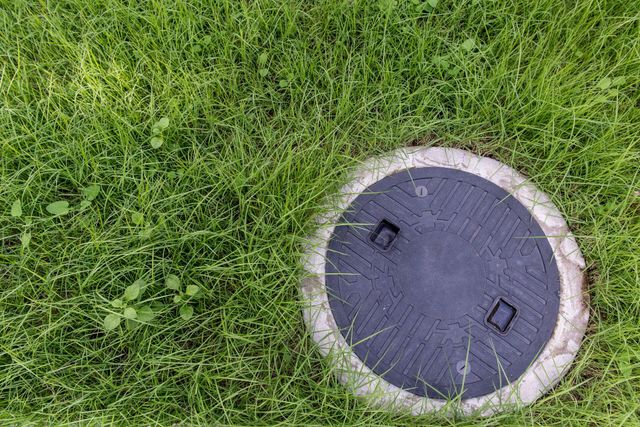
Credit: www.theplumbingexperts.com
Frequently Asked Questions For How To Find Septic Lid
How Deep Is A Septic Tank Lid In The Ground?
A septic tank lid is typically buried about 6-12 inches below the ground surface.
Is There Always 2 Lids On Septic Tank?
Yes, septic tanks typically have two lids.
How Far Down Should A Septic Lid Be?
The septic lid should be about 4 to 6 inches below the ground surface to allow for easy access and maintenance.
Should Septic Tank Lids Be Buried?
Septic tank lids should not be buried because they need to be accessible for maintenance and inspections. Buried lids can be difficult to locate and can cause issues when trying to pump or repair the septic tank. Keeping the lids above ground ensures easier access and proper functionality of the septic system.
Conclusion
To conclude, locating your septic lid is a vital step in maintaining and troubleshooting your septic system. By using the techniques and tips mentioned such as inspecting the cleanout pipe and searching for markers like grass discoloration or depressions, you can save time and money by identifying the lid’s exact location.
Remember to exercise caution and seek professional assistance if needed. Regular septic lid inspections contribute to the overall health and longevity of your septic system.
